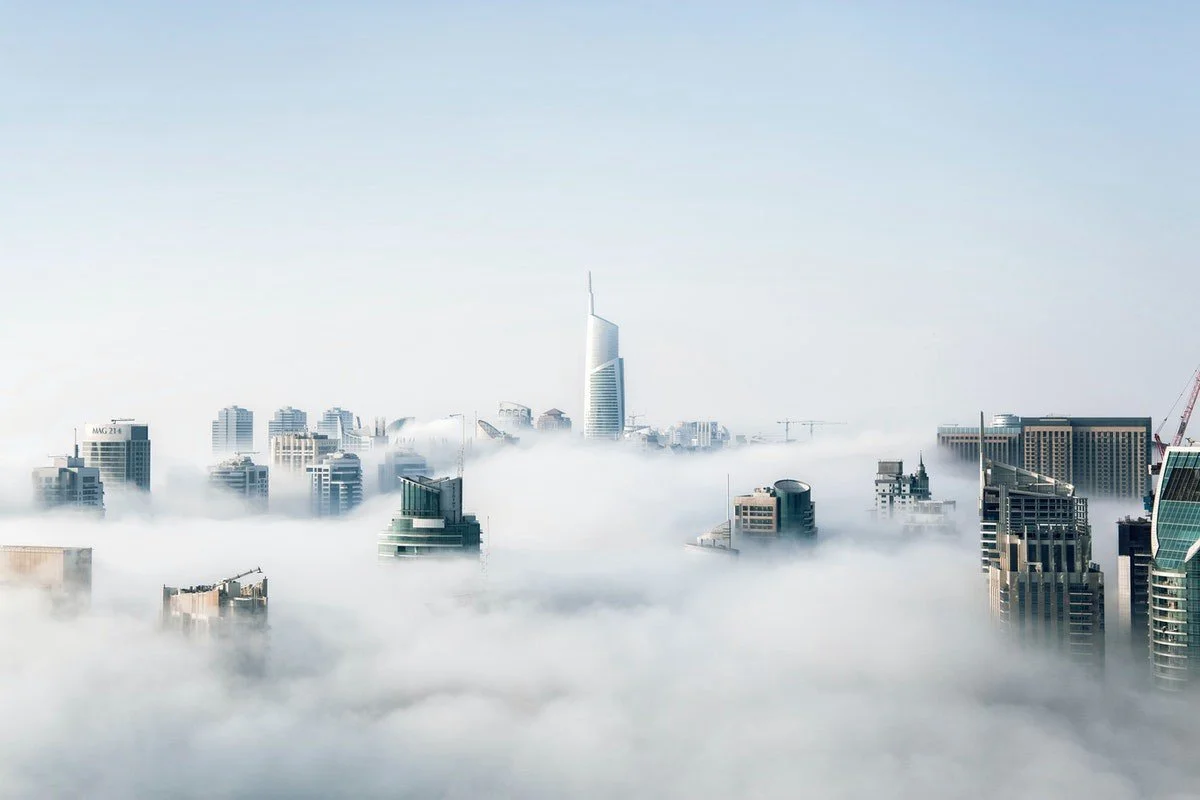In an earlier post, I highlighted Marc Andreessen’s famous Software is Eating the World thesis as explained to Patrick O’Shaughnessy on Invest Like the Best. This post shares Marc’s amazing insight into our economy, where it’s headed, and what we need to do to fix it.
All sectors of the economy aren’t the same. Over the last 40 years we’ve had a sharp divergence between different parts of the economy. We’ve seen what Marc calls a “Tale of Two Cities”. On the one hand, we have super-fast change, or growth sectors, like media and retail, cars, clothes — most of the stuff we buy. Those sectors, over a 20, 30, or 40-year time horizon, have seen rapid price declines along with dramatic improvements to the products.
The common example is the television set. If you spent a grand on a television 40 years ago, you got maybe a 13-inch or 21-inch CRT, maybe not even color. Today, if you spend a grand on a television, you’ll get a 100-inch, super skinny, wall-mounted, amazing in-home cinematic experience. This great example is representative of a sector with a ferocious rate of technological change. In addition to the rapid price declines and rapid technological improvements, there’s been enormous job growth in making entertainment for those televisions.
Then you have sectors you might call slow sectors. There are many, but the three big ones are housing, healthcare, and education. These sectors exhibit the exact opposite behavior of your television set. The 100-inch television set covering your wall will eventually cost you 100 bucks. The four-year college degree is going to cost you $1 million. The four-year degree is essentially an unchanged experience from 100 years ago. It’s the same set of activities, and the same format — teachers in the classroom, written exams, pretty much no technological change whatsoever; but prices have exploded.
If you look at the nature of those sectors, housing, healthcare, and education, you might think they sound familiar; why do those sound familiar? Marc says, “Oh yeah, that’s what we call the American dream. That’s what we call being middle class.” But in those three sectors, prices are exploding through the roof. You have very little technological change happening, and it’s even possible you’re actually going backwards. It’s possible you’re actually losing productivity in those sectors as time passes, because administrative bloat is driving huge cost increases. Houses don’t really get built differently, hospitals don’t really get run differently, and schools are exactly the same.
And these sectors are huge. They are giant slices of GDP. They are far bigger industries than televisions, or books, or food. Healthcare is a sixth of the American economy, and on its way to becoming half. Both housing and education are super expensive too. Marc says these are the reasons why the whole economy is not going where we think it should. The prices of the fast sectors are falling, and the prices of the slow sectors are rising; the slow sectors are eating the economy. The non-productivity growth, non-price declining, non-technologically innovative sectors are becoming the economy.
One thing these slow sectors have in common is a very specific form of government intervention in those markets, restricted supply — leading to government subsidies. There’s a doom loop of lack of technical innovation, steadily escalating prices, and steadily escalating government subsidies, along with an incredibly restricted supply.
Marc says we need to technologically disrupt these slow sectors. We need to do to the slow sectors what we’ve done to the fast sectors. We need more technological innovation. If we don’t get it, the story evolves in the direction everyone is worried about, and that’s actually what’s happening right now.

